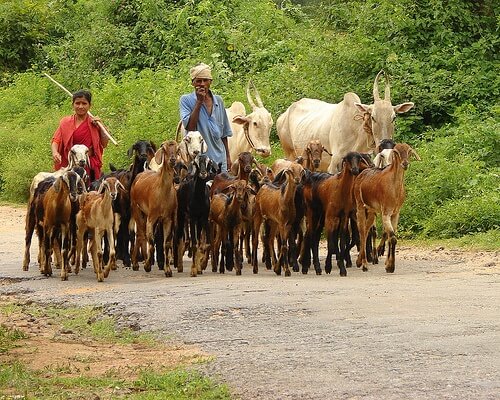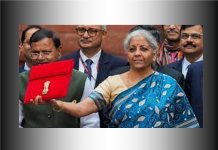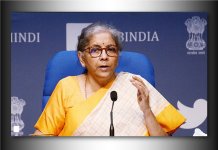
India’s ranking in the UNDP’s Human Development Index (HDI) improved marginally by one place in 2018 from 130 to 129 as per the Human Development Report 2019.
UNDP’s 2019 Report with a caption of ‘Beyond income, beyond averages, beyond today: Inequalities in human development in the 21st century’ shows that India improved its human development index score from 0.643 to 0.647 and continues as a country with medium human development. Countries with an HDI score between 0.550–0.699 are classified as medium human development countries.
Norway is the first ranked nation as it has the highest HDI value 0.954 out of 1.00. Hong Kong and Singapore are in the top ten group whereas Japan is ranked at 19. Gulf nations UAE and Saudi Arabia are placed at 35th and 36th respectively. Sri Lanka has the highest HDI attainment among South Asian countries with a score of 0.780 and is placed at 71st. China is placed at 85th.
India’s HDI performance
India’s ranking improved mainly because of the decline in poverty, improvement in education and health sectors.
At the same time, India’s performance continues to be poor with respect to inequality. Group based inequalities are still high in India especially related to women and children.
According to the report, South Asia is the region witnessing fastest improvement in HDI understandably because of its past low HDI attainments.
South Asia witnessed 46 per cent growth during 1990-2018, followed by East Asia and the Pacific at 43 per cent.
“India’s HDI value increased by 50 per cent (from 0.431 to 0.647), which places it above the average for countries in the medium human development group (0.634) and above the average for other South Asian countries (0.642),” – UNDP’s India Resident Representative Shoko Noda said.
Sri Lanka and Maldives have high human development of above 0.70 score from the South Asian countries.
Horizontal inequalities
The HD Report 2019 analyses India’s progress under a box ‘Horizontal inequalities in India: Different dynamics in basic and enhanced capabilities. In the analysis, the Report point out that despite progress in several areas, a problem area for India is horizontal inequalities. Here firstly, ‘‘the Scheduled Castes, Scheduled Tribes and Other Backward Classes underperform the rest of society across human development indicators, including education attainment and access to digital technologies’’.
Inequality
Persisting inequality is one problem that India has to address as per the HD Report. For example, the top 10 percent received an estimated 47 percent of income in the United States, 41 percent in China and 55 percent in India (P, 110, HDR 2018).
Income inequality based on the top 10 percent’s income share increased since 1980 and this increase is the highest for Russian Federation, India and the US. Income growth of the bottom 40% was 58% whereas that of the top 1% was 213% for India between the period 2000 – 2018.
In the case of Gender Inequality Index, India is ranked at 122nd.
Multidimensional poverty
Multidimensional Poverty Index (MPI) identifies multiple deprivations at the household and individual level in health, education and standard of living. UNDP’s Multidimensional Poverty Index covers 101 countries that is home to 77 percent of the world’s population, or 5.7 billion people. Out of this, around 23 percent are multidimensionally poor.
According to the UNDP, 1.32 billion people in developing countries are multidimensionally poor. Out of this 1.32 bn (132 crores), nearly 54 crores are in South Asia; whereas India is the home for nearly 37 crores (370 mn).
For India, the number of multidimensional poor came down by more than 271 million between the ten-year period of 2005-2006 and 2015-2016.
*********











